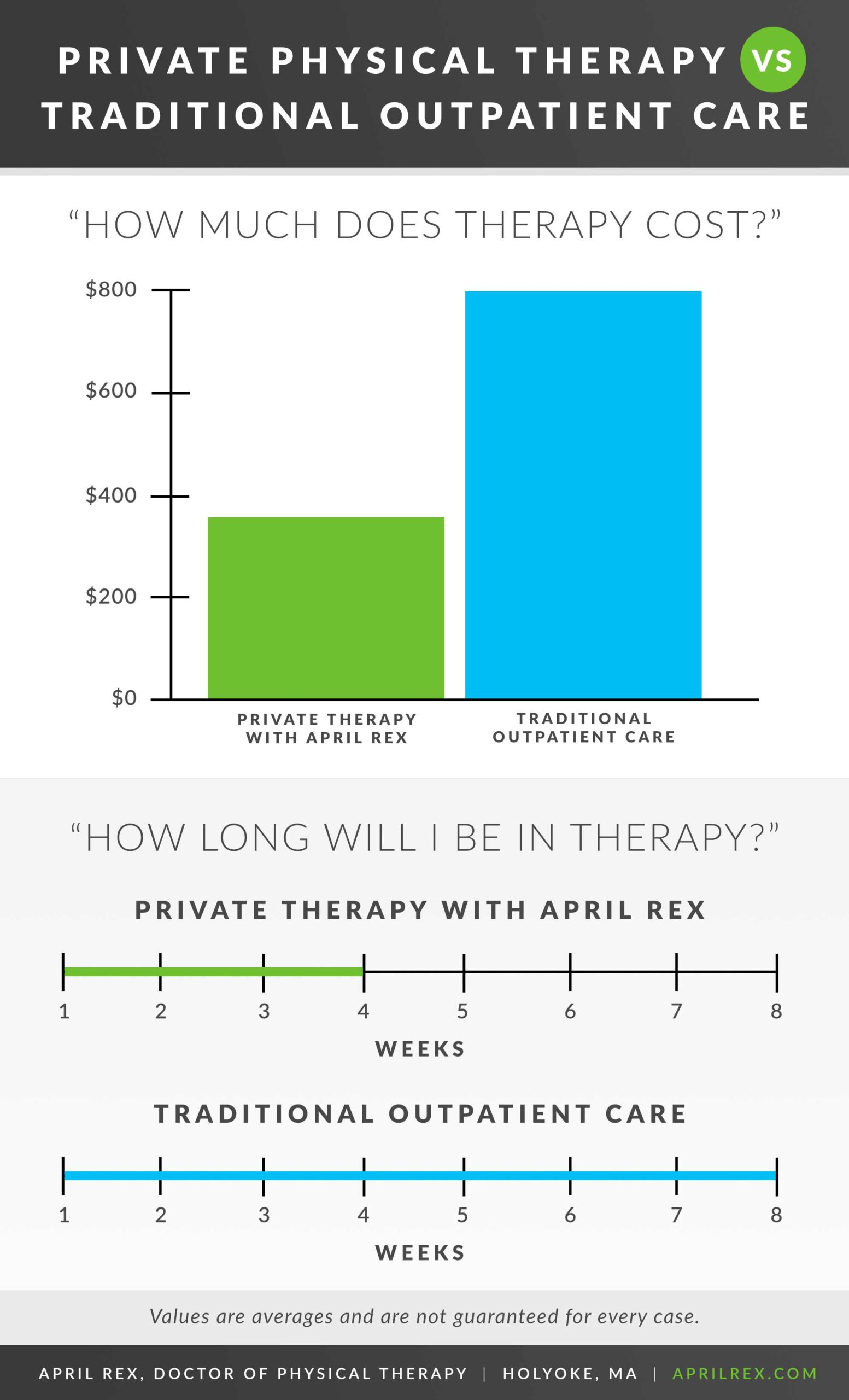Visceral Manipulation
Visceral Manipulation (VM) assists functional and structural imbalances throughout the body including musculoskeletal, vascular, nervous, urogenital, respiratory, digestive and lymphatic dysfunction. It evaluates and treats the dynamics of motion and suspension in relation to organs, membranes, fascia and ligaments. VM increases proprioceptive communication within the body, thereby revitalizing a person and relieving symptoms of pain, dysfunction, and poor posture.
An integrative approach to evaluation and treatment of a patient requires assessment of the structural relationships between the viscera, and their fascial or ligamentous attachments to the musculoskeletal system. Strains in the connective tissue of the viscera can result from surgical scars, adhesions, illness, posture or injury. Tension patterns form through the fascial network deep within the body, creating a cascade of effects far from their sources for which the body will have to compensate. This creates fixed, abnormal points of tension that the body must move around, and this chronic irritation gives way to functional and structural problems.

Imagine an adhesion around the lungs. It would create a modified axis that demands abnormal accommodations from nearby body structures. For example, the adhesion could alter rib motion, which could then create imbalanced forces on the vertebral column and, with time, possibly develop a dysfunctional relationship with other structures. This scenario highlights just one of hundreds of possible ramifications of a small dysfunction – magnified by thousands of repetitions each day.
There are definite links between somatic structures, such as the muscles and joints, the sympathetic nervous system, the visceral organs, the spinal cord and the brain. For example, the sinuvertebral nerves innervate the intervertebral disks and have direct connections with the sympathetic nervous system, which innervates the visceral organs. The sinuvertebral nerves and sympathetic nervous system are linked to the spinal cord, which has connections with the brain. In this way someone with chronic pain can have irritations and facilitated areas not only in the musculoskeletal system (including joints, muscles, fascia, and disks) but also the visceral organs and their connective tissues (including the liver, stomach, gallbladder, intestines and adrenal glands), the peripheral nervous system, the sympathetic nervous system and even the spinal cord and brain.
Descriptions via The Barral Institute.

Who Can Benefit:
My approach is particularly effective for those conditions that have not been resolved in the traditional therapy setting. It is appropriate from pediatrics to geriatrics and most conditions typically respond to this approach including:
- Acute Pain
- Chronic Pain
- Musculoskeletal Injuries
- Concussions/TBI
- Digestive Disorders
- Male and Female Pelvic Pain and Dysfunction
- Preoperative Preparation and Post-Operative Recovery
- Injury Prevention and Injury Recovery
-
Trauma/PTSD
-
ADD/ADHD
-
Autism
-
Emotional Difficulties
- TMJ Dysfunction
What to Expect in a Session:
One on one therapy sessions guarantee a unique treatment and plan of care. Sessions typically last one hour. Outside of the current medical model, we have the freedom to treat your entire body as a complete system in order to reduce pain and improve function.
Frequency of Sessions:
Typically, patients receive treatment once every ten to twenty days with few exceptions depending on the injury and acuteness of the complaint.
Scheduling:
By appointment.
Use scheduling link to book an appointment.


